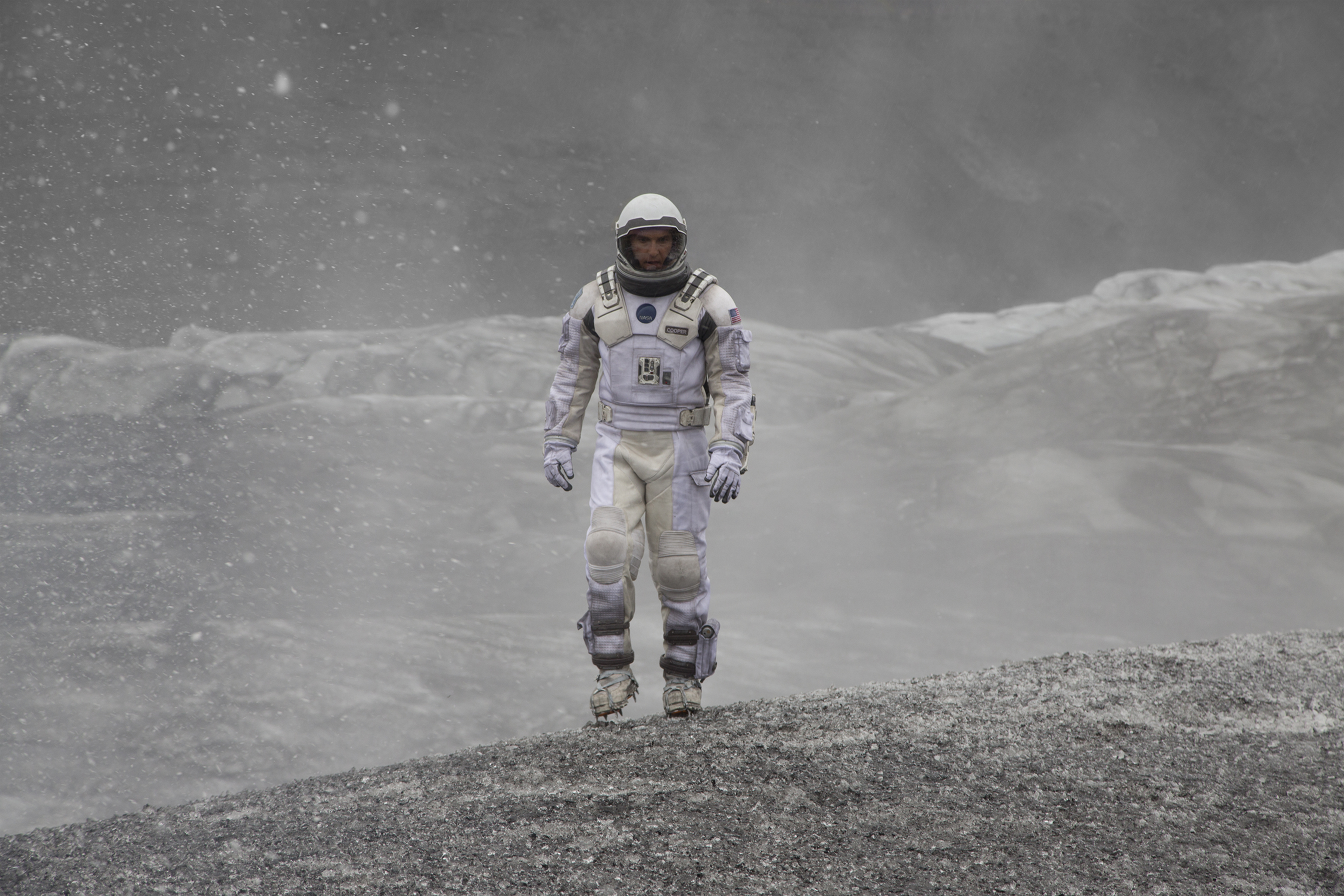If ‘Interstellar’ Were Made Today, What Would Be Different?
The science advisor for “Interstellar” discusses the film’s impact, and how new information about gravitational waves could have changed it.
Listen to Universe of Art on Apple Podcasts, Spotify, Google Podcasts, Stitcher, TuneIn or your favorite podcasting app.

The science fiction film “Interstellar” turns 10 years old this month. For many of us, it was our first encounter with some pretty advanced astrophysics, taking sci-fi concepts like wormholes and time warping, and backing them up with actual science. Now, we’re revisiting the impact that movie’s science had on pop culture, and how astrophysics has advanced in the past decade. If it were made today, what would be different?
Ira Flatow sits down with “Interstellar” science advisor Dr. Kip Thorne, a professor of theoretical physics at the California Institute of Technology. Since the film’s release, he has won a Nobel Prize for his contributions to the detection of gravitational waves generated from black holes. They discuss how the film inspired people to pursue scientific careers and how recent astrophysics discoveries, like gravitational waves, could’ve made it into the movie.
Universe of Art is hosted and produced by D Peterschmidt, who also wrote the music. Our show art is illustrated by Abelle Hayford. And support for Science Friday’s science and arts coverage comes from the Alfred P. Sloan Foundation.
Do you have science-inspired art you’d like to share with us for a future episode? Send us an email or a voice memo to universe@sciencefriday.com.
Dee Peterschmidt is a producer, host of the podcast Universe of Art, and composes music for Science Friday’s podcasts. Their D&D character is a clumsy bard named Chip Chap Chopman.